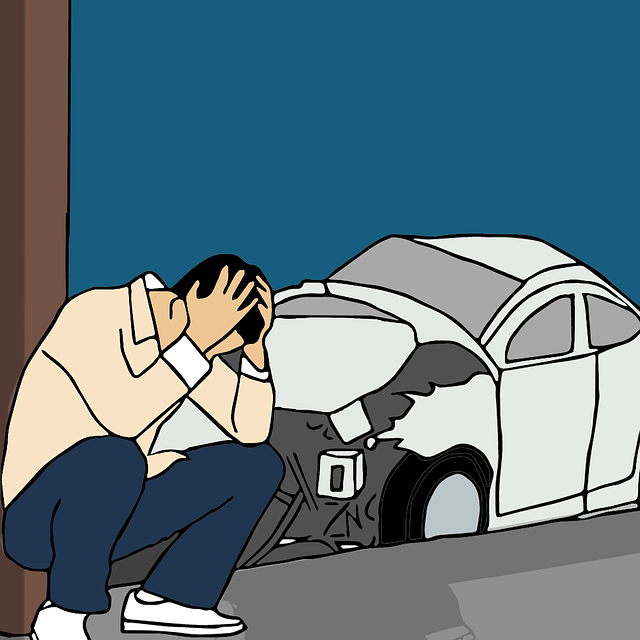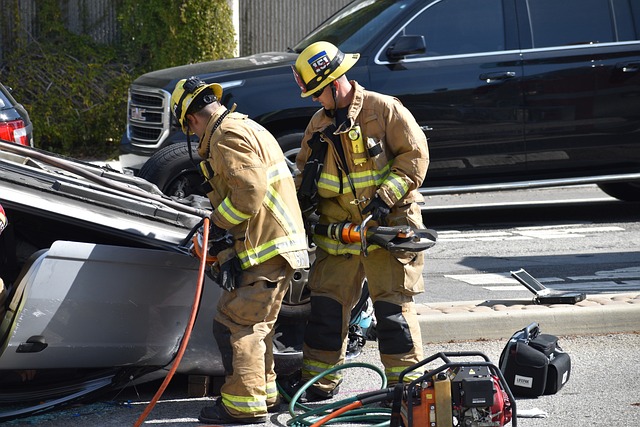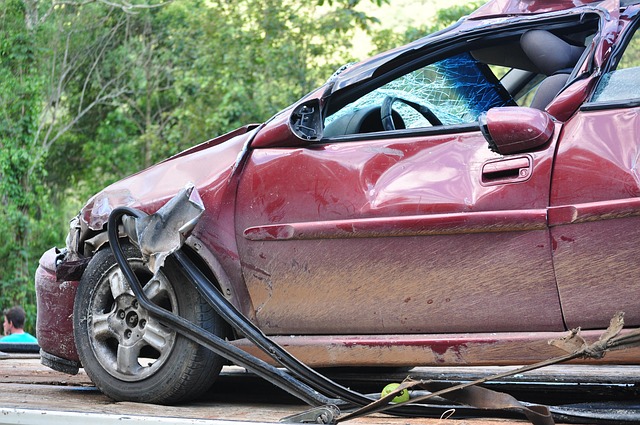Motorcycle lane splitting (zipping) is a skilled practice allowed in some regions under specific conditions but remains controversial due to safety risks. To prevent accidents and injuries, riders should exercise extreme caution, document evidence, and secure witness statements immediately after an accident. Prioritizing safety involves assessing bike damage, moving to a secure location, taking photos of the scene, and seeking immediate medical attention for personal well-being and accurate accident reconstruction in motorcycle lane splitting accidents.
“Motorcycle lane splitting, a controversial yet common practice, can significantly impact safety on the roads. When involved in an accident, understanding how to navigate the scene is crucial. This article explores the do’s and don’ts of dealing with a motorcycle lane splitting incident. From legal considerations to best practices for all parties involved, we’ll discuss mistakes to avoid at the accident site, emphasizing safety measures for motorcyclists post-collision. Stay informed to ensure responsible behavior and swift resolution.”
- Understanding Lane Splitting: Legalities and Risks
- Common Mistakes at Accident Scenes: What to Avoid
- Safety Measures for Motorcyclists: Best Practices Post-Accident
Understanding Lane Splitting: Legalities and Risks

Motorcycle lane splitting, also known as “lane zipping,” is a practice where riders navigate between lanes or even directly in the traffic flow at intersections. While it’s a common technique among experienced motorcyclists for overtaking slower vehicles and reducing stop-and-go traffic, understanding its legalities and risks is crucial to prevent accidents.
In some jurisdictions, lane splitting is permitted under specific conditions, often during heavy traffic or when there’s no safe gap in lanes. However, it’s a highly debated topic due to safety concerns. The primary risk lies in the unpredictable nature of other drivers who might not expect or be able to react to an approaching motorcycle suddenly moving between lanes. This practice can lead to severe accidents, including collisions with cars making turns or changing lanes, especially at blind spots. Thus, motorcyclists should always assess their surroundings, maintain a safe speed, and only split lanes when it’s absolutely clear, avoiding potential hazards like defective products on the road or unexpected maneuvers by other vehicles, which could result in significant injuries or even caregiver abuse if the rider is incapacitated.
Common Mistakes at Accident Scenes: What to Avoid

At the scene of a motorcycle lane splitting accident, there are several common mistakes that can compromise the integrity of the investigation and potentially affect legal outcomes. One major blunder is failure to preserve evidence, such as taking photos or videos of the crash site, damaged motorcycles, and surrounding vehicles before they are moved. This visual documentation is crucial for reconstructing the accident and determining liability. Additionally, allowing bystanders to handle or move potential evidence, like broken parts or blood stains, can alter important details that later prove pivotal in legal proceedings.
Another mistake is not securing witness statements immediately. Witness accounts provide a firsthand perspective of the events leading up to and during the accident. Delayed or inconsistent testimonies may result from memory lapses or biased recollections, making them less reliable. Moreover, failing to exchange contact information with witnesses can hinder follow-up interviews if their details become necessary for further investigation, especially in complex cases where issues like truck accident attorney partnerships disputes or nursing home neglect might arise.
Safety Measures for Motorcyclists: Best Practices Post-Accident

In the aftermath of a motorcycle lane splitting accident, safety measures for motorcyclists become paramount. Best practices post-accident involve assessing your bike for damages and ensuring your personal safety by moving to a secure location off the road if possible. It’s crucial to remain calm and provide accurate information to responding officers; this includes your version of events and any witness statements. Remember that lane splitting, while a legal practice in some regions, remains a contentious issue. A partnership disagreement with fellow riders or even an auto accident lawyer could arise from differing opinions on its safety, so staying composed is essential.
Additionally, document the scene by taking photos of the crash site, surrounding traffic conditions, and any visible injuries. These details can be invaluable if you decide to consult a nursing home abuse prevention expert or seek legal counsel later. Promptly seeking medical attention is another critical step; even seemingly minor injuries should be checked as delays could worsen conditions. These precautions not only ensure your well-being but also help in reconstructing the accident, potentially leading to better understanding and advocacy for lane splitting safety measures.
Motorcycle lane splitting, while a common practice in some regions, carries significant risks and can lead to accidents. Understanding the legalities and best practices is crucial for motorcyclists to navigate safely. At accident scenes, avoiding common mistakes like improper positioning and ignoring safety protocols can help mitigate further hazards. Always prioritize safety post-accident, as it’s not just about avoiding legal repercussions but also ensuring your well-being and that of fellow road users. Remember, education and vigilance are key to minimizing risks associated with motorcycle lane splitting accidents.






